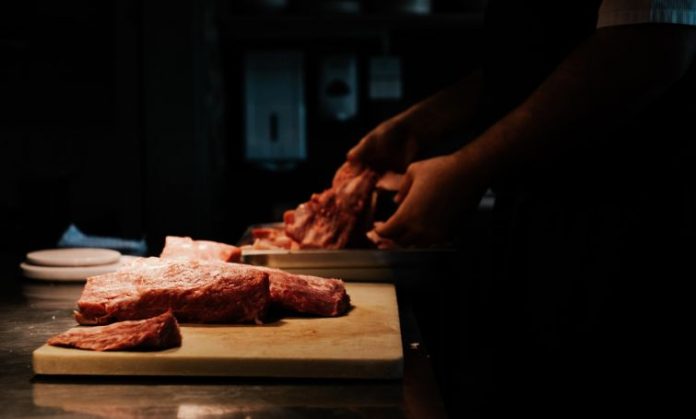The growing demand for primary meat processing products requires the development of an effective deboning technique. The deboning procedure’s performance is needed to keep up with this rising demand. Because of this, industries have made large expenditures to build a solid infrastructure for deboning. In addition, the debone systems’ technology couldn’t be behind. As a result, we see the application of cutting-edge instruments to produce superior outcomes efficiently.
But what exactly is deboning? It is the process of separating the flesh from the bones of meat, poultry, or fish with a speciality knife. It takes a lot of effort to become an expert in deboning, an advanced culinary talent essential to master to enhance one’s culinary skills.
Tools Used For Deboning To Make it Effective
Innovative technology
Making the most of contemporary technology is a great way to speed up deboning. First, it is not simple to remove all the animal components. As a result of the technology’s integration, the deboning procedure is now simple and maintains protocol. Furthermore, technology can address carcass imbalance. It is unethical to process a small portion of the broiler and export the remainder. Therefore, it is essential to debone the broiler completely.
Thus, utilising technologically sound methods like those increased the quality and safety of beef. Drumsticks & thighs would be upgraded with improved carcass balance.
Automation
If we continue to use intelligent automation solutions, the deboning market will move in the direction of expansion. It is because automation will speed up the deboning process without sacrificing precision. Furthermore, the use of modern automation will speed up cutting motions. The instruments aid businesses in modifying their cutting routes for various livestock.
After the deboning procedure, you will get high-yield skin with little to zero bone content. Removing the fleshy portion of the thighbone that extends to the hip with automatic skin pullers is essential. Additionally, using tender pullers to remove tenders from deboned breasts. These efficient tools will relieve labour pressure and facilitate the deboning procedure.
High-tech equipment
Many of the most recent equipment, such as vision systems, provide accurate skin cuts. Also, these devices include built-in cameras and sensors to guarantee that the debone processes are effective. Another significant obstacle that modern instruments have overcome is food safety.
World-class machinery for chicken processors is required for skin deboning. Such companies can help in this situation with better deboning versatility with their robotic equipment and a high level of automation.
Research Advancing
The most recent developments in product recognition and 3D technology allow the deboning tools to more precisely manage the challenging geometries of the chicken carcass and its components when performing operations like grasping, rotating, and cutting. While an experienced butcher might easily manipulate the parts, contemporary robotics techniques and fixed automation lead to a loss of accuracy, precision, and yield. The invention will make it possible for the future generation of poultry processing to use advanced robotics platforms when combined with robotics and manipulation research.






























